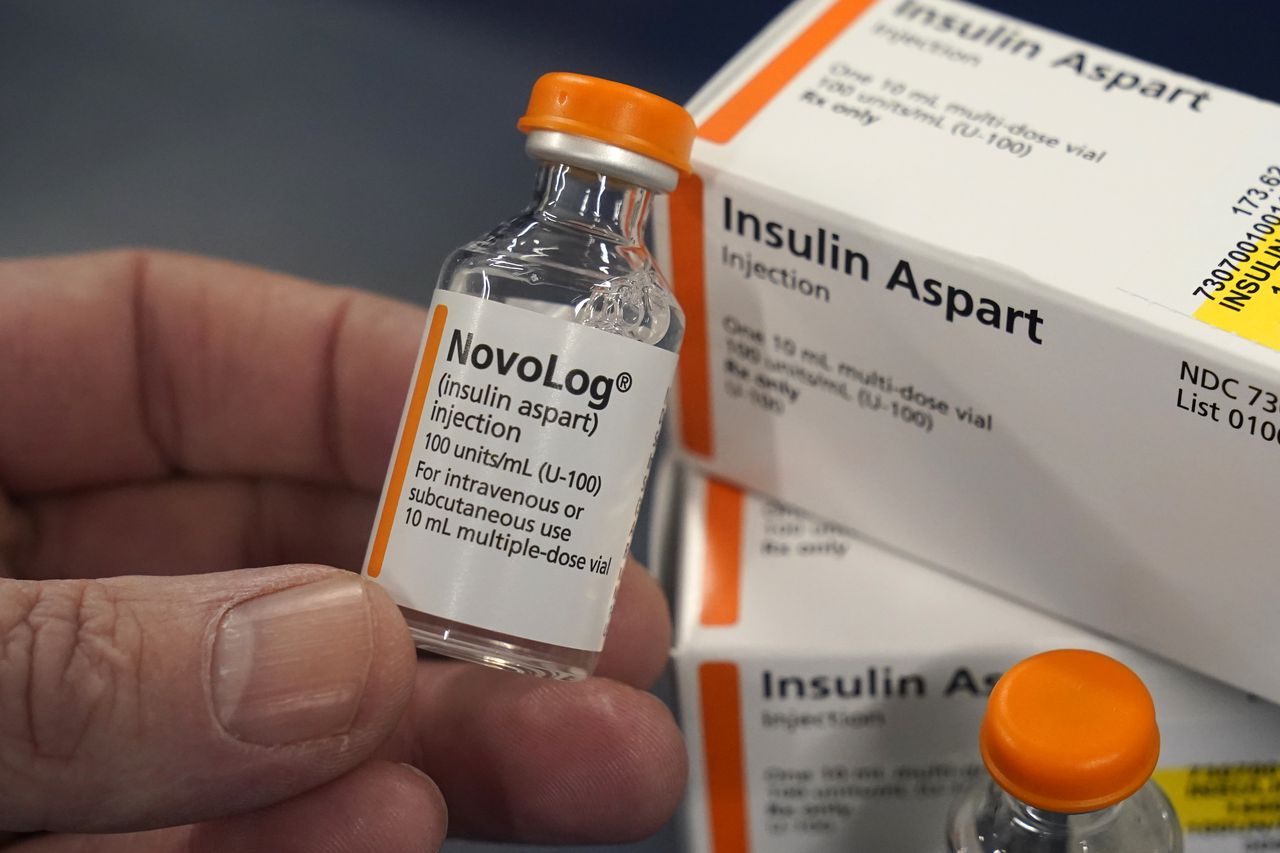More than half a million Alabamians could benefit from insulin price cap, White House says
The White House continues to push for a $35 cap on insulin following an announcement by drug maker Eli Lilly that it would decrease prices – a change that could affect 500,000 adults in Alabama.
This morning, officials with the White House urged lawmakers to back efforts to cap all insulin costs at $35 per month. Eli Lilly, one of the largest drug makers in the country, announced yesterday it would decrease costs by 70 percent and heed President Joe Biden’s State of the Union call to cap prices at $35.
“The president has repeatedly called to extend this $35 cap to everyone,” said Christen Linke Young, deputy assistant to the president for health and veteran’s affairs. “That’s why we were delighted to see a major manufacturer of insulin announce that that were responding to the president’s call to action and lowering their prices. It’s a big deal and it’s time for other manufacturers to follow.”
Alabama has the fifth-highest percentage of adults with diabetes, according to statistics released by the White House. The disease affects more than 500,000 adults in the state and has a disproportionate impact on Black, Native American and Hispanic communities.
“In the United States, we pay two to three times as much in other countries for prescription drugs,” said Chiquita Brooks-LaSure, administrator for the Centers for Medicare and Medicaid Services. “One in four Americans who take prescription drugs struggle to afford their medication. For too long, too many people have had to choose between their medications and their other basic needs.”
Biden and Democratic lawmakers have long drawn attention to the high costs of insulin in the United States. Kate Berner, a principal deputy communications director for the White House, said some patients pay as much as $1,000 for insulin that costs less than $10 to produce.
“For far too long, Americans have been crushed by drug costs many times higher than the costs to make them and what people in other countries are charged for the same prescriptions” Berner said.
Drug makers and some Republican lawmakers have fought caps on the costs of insulin, arguing that limiting costs can stifle innovation that gives patients more options for diabetes treatment.
Last year’s Inflation Reduction Act capped the costs of insulin for seniors at $35 a month. Patients with insulin pumps will get a $35 price cap this summer. Because diabetes patients need insulin to survive, they are vulnerable to price hikes, Linke Young said.
“No one should lay in bed wondering how they can afford this lifesaving medication for themselves or their children,” Linke Young said.
